szathmary
New member
Hi Everybody,
I would like to open a discussion and share my point of view related to 3 very interesting topics:
The longest and the most complicated is the advanced liquid balling so I start with that. Please forgive me for my poor English.
THE ADVANCED LIQUID BALLING
Introduction
The Advanced Liquid Balling (ALB) consist of 2 things:
I guess most of you are familiar with the very original Balling method designed by a German chemist Hans Werner Balling. Very briefly it is a method which enables us to maintain very stable calcium and carbonate levels. The two main components of the Balling method are: 1.) calcium chloride powder and 2.) sodium bicarbonate powder which is dissolved separately before dosing.
The problem with this two liquid compounds is that chloride ion part of the calcium chloride and the sodium ion part of the sodium bicarbonate forms sodium chloride aka salt aka NaCl in our aquarium. This extra salt raises salinity but in an unbalanced way since the NaCl alone lacks the rest of the sea salt components (e.g potassium, strontium, etc.) which represent app. 14,5% of all the ingredients. E.g in my 63G (240L) tank I have to replace 0,5G (2L) aquarium water weekly with RO/DI to compensate the rise of the salinity level.
So Hans Werner Balling came up with the concept of the NaCl free salt, which has "œall" the sea salt components except the NaCl. If this NaCl free salt is dissolved and dosed in the right ratio with calcium chloride and sodium bicarbonate together it complements the "œby-product" NaCl and forms "œperfect seawater". This is still raising salinity but at least in a so called ionically balanced way. It is almost like water change but its volume is very low like 0,5-1% on a weekly basis.
The problem with the NaCl free salt powder is similar to the problem which we have with the artificial sea salts: their composition is extremely unreliable. Mixing powders is very difficult and even if manufactures have some tricks they are in trouble when the job is to add trace amounts of elements to the salts. And even if each box of salt was done separately - which is not the case - you should always dissolve them all at once since vibration (e.g due to transportation) may push down or pull up certain elements in the mix.
But how is this a problem? The good news is that this issue probably does not concern you. It is a problem for those who want to provide delicate SPS corals with a very stable environment. If you want to build your house (your tank) onto a reliable base you want to avoid such unpredictability which is guaranteed by any powder form of salts including artificial sea salts as well as NaCl free Balling salts. (This is why changing water is counterproductive, but this is another topic"¦)
The solution for unpredictability is the liquid version of the Balling. The difference between the powder and the liquid form of NaCl free salt (or the other Balling components) is that the outcome of the production - basically the product we buy - is not a powder but a liquid. Liquid trace mixes requires advanced chemical designing to avoid degradation and/or precipitation of the different elements but if it is done well the composition of the mix is very reliable and repeatable which is key in mass production.
As far as I know, today 2 companies are producing liquid balling mixes: ATI and Triton (both are German)
Tailor-made trace element patch
So now we have liquid balling, but how will it become "œadvanced"?
First of all, the sorrow fact is that even though the NaCl free salt component of Balling has a lot of macro/micro (e.g potassium, magnesium, etc) and trace elements (e.g zinc, iodine, etc.) it is not able to replace significant deficit of elements as long as the consumptions is continuous. (In the same time, if it used well, it is neither able to rise the elements above NSW so at least we can not overdose anything.)
So Balling - even if it is a liquid - can not be the main solution for replacing elements except calcium and carbonate.
And this is where "œpatching" comes in and makes the balling to be "œadvanced"
"œPatching" is the process by which we evaluate and compensate the micro, macro and trace element consumption of our tank. This requires us:
But why do we need this complicated process to dose trace elements when there are so many trace element mixies on the market and we can also perform water changes? Again, this may not concern you . But If you are an experienced aquarist who is stuck in terms of "œcolors tweaking" you will find the following paragraphs very interesting. So there are several reasons:
. But If you are an experienced aquarist who is stuck in terms of "œcolors tweaking" you will find the following paragraphs very interesting. So there are several reasons:
So for me there is no other way than to test my water and react consciously.
But before you start sending water samples to one of these companies you need to establish a very rigid maintenance routine because - as far as I noticed - everything you change has an impact on what you measure at the end:
At the beginning you need at least 2 test results. The first will be the "œstarting point" the second will start showing you consumption/accumulation trends. Accumulation is a complex issue so I do not plan to discuss it further here. So let's assume that you only see consumption trends.
When you start playing with the numbers from your reports you will have the following - mainly mathematical challenges:
Example 1 (normal trend)
Maybe one day me or another fellow reefkeeper will set up an MS Excel which does all this calculations I used above.
How to prepare the trace element patch
As a preface to this chapter I have to tell you that I'm not very good at chemistry. So maybe everything here is completely false however in my case it is working pretty well since at least 5-6 months.
To make your own trace element cocktail you can either use Triton's or ATI's single trace elements or you can buy your trace elements from online reagent stores. (E.g NaBr to replace bromine)
Once you know that e.g your strontium consumption is 0,065 ppm per day and you know that from the product you are supposed to dose this value represents e.g 1,625 ml or e.g 0,15 g you can start building your mixture.
To avoid degradation and/or precipitation of elements - which may not be an issue at all but since I'm not a chemist I do not know for sure - I decided that I will never mix more than what my system would consume within 7 days and I will always dilute my mix in at least a 1:19 ratio with RO/DI water.
The following list will sound crazy, but it really represents my weekly consumptions of element compensated by the trace elements of Triton in my 63G (240 net liter) tank:
Time consumption and complexity
I used to be a Zeovit user. So what I can tell you is that this is still much less complicated and time consuming than dosing 5-6-7 different magic potions every day based on pure guesswork.
After every test it takes app. 15-20 minutes to recalculate my dosage, and it never takes more than 15 minutes weekly to mix my patch cocktail.
I hope I was clear and useful.
When I will have time again I will write my thought about the 2 remaining topics:
And finally some top downs
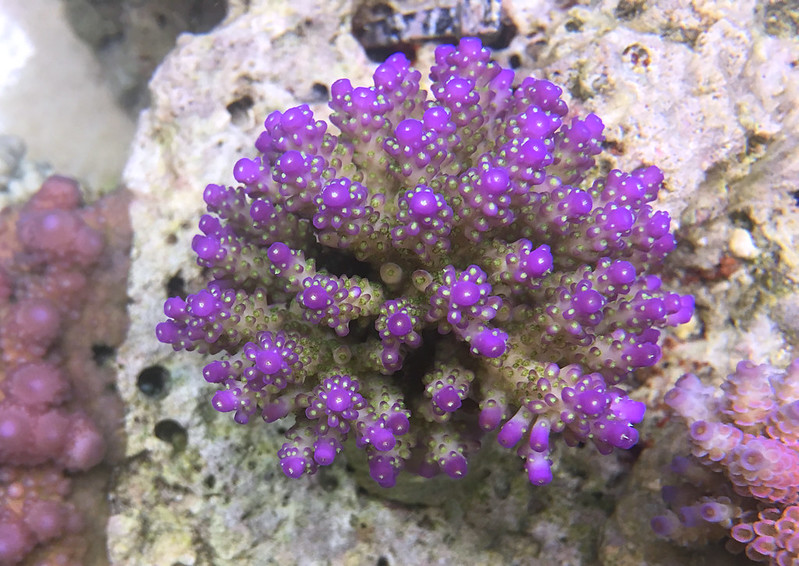
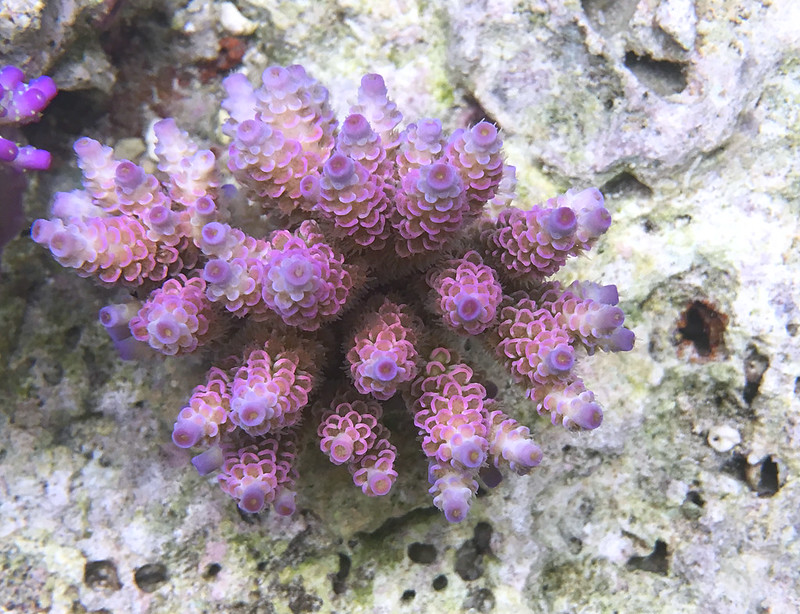
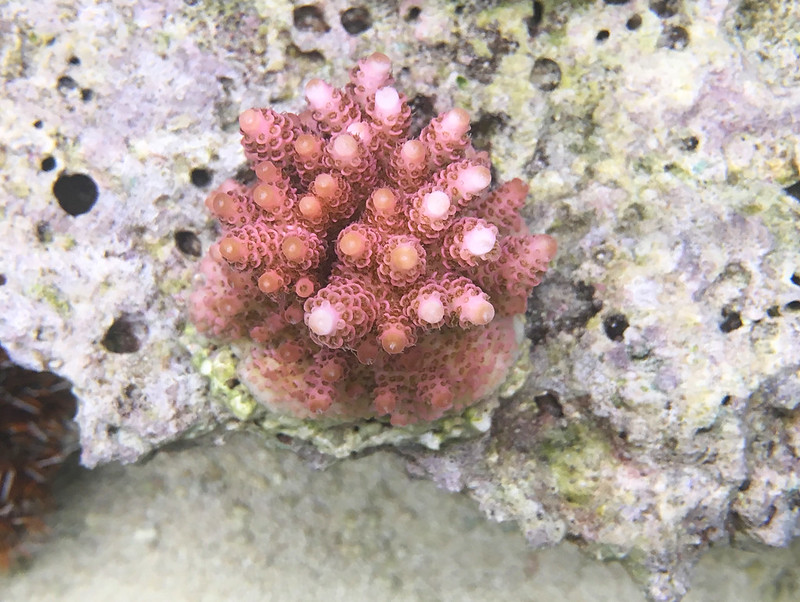
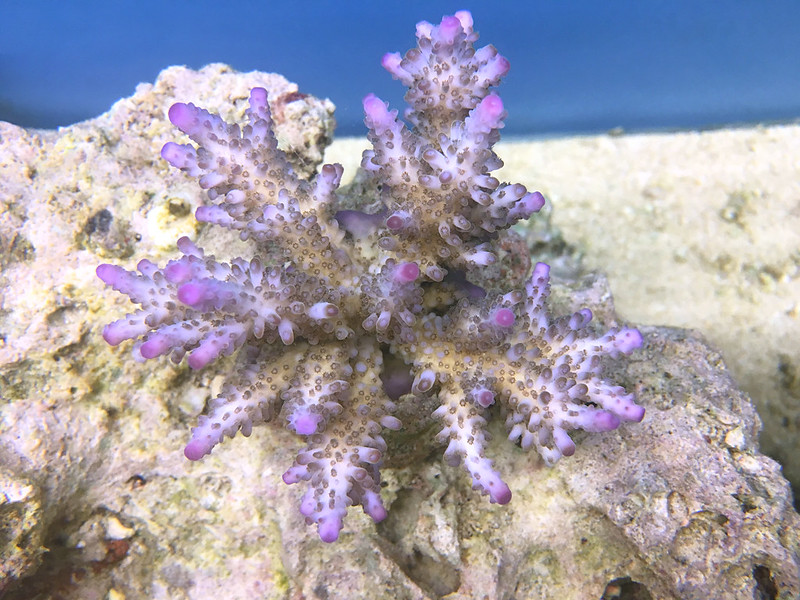
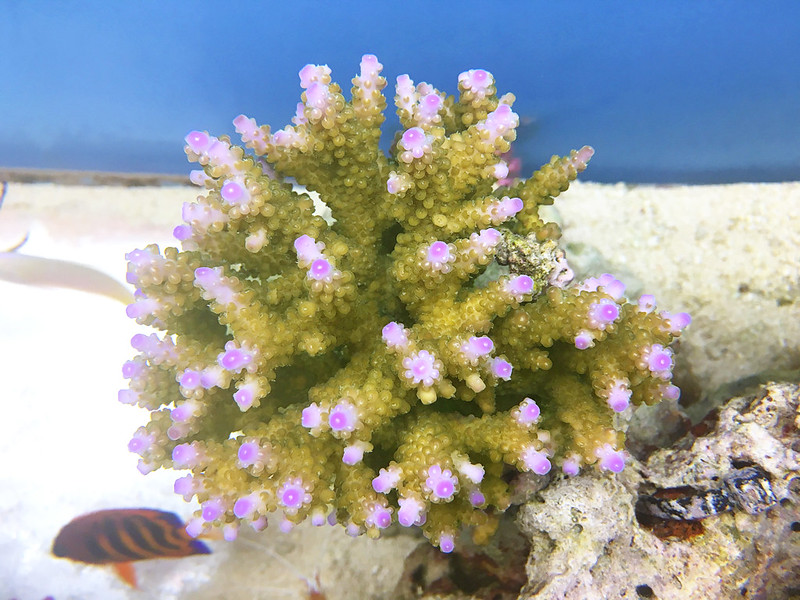
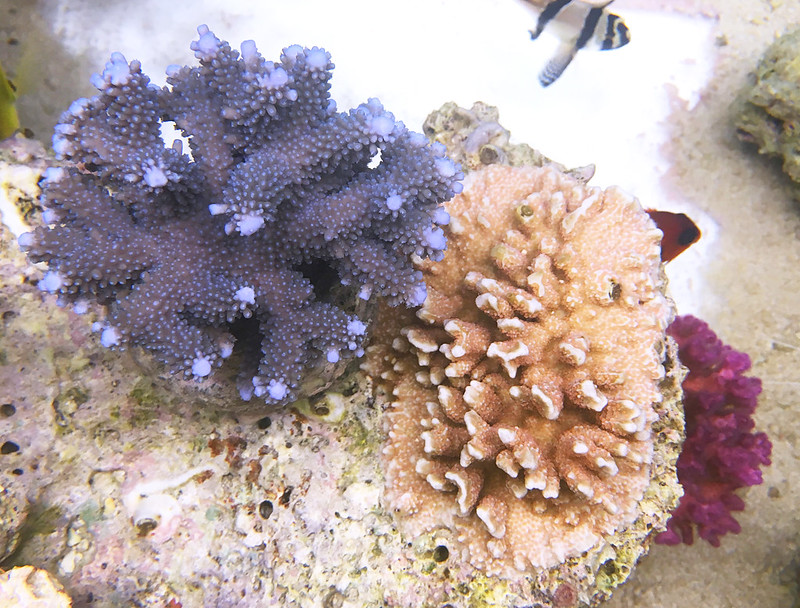
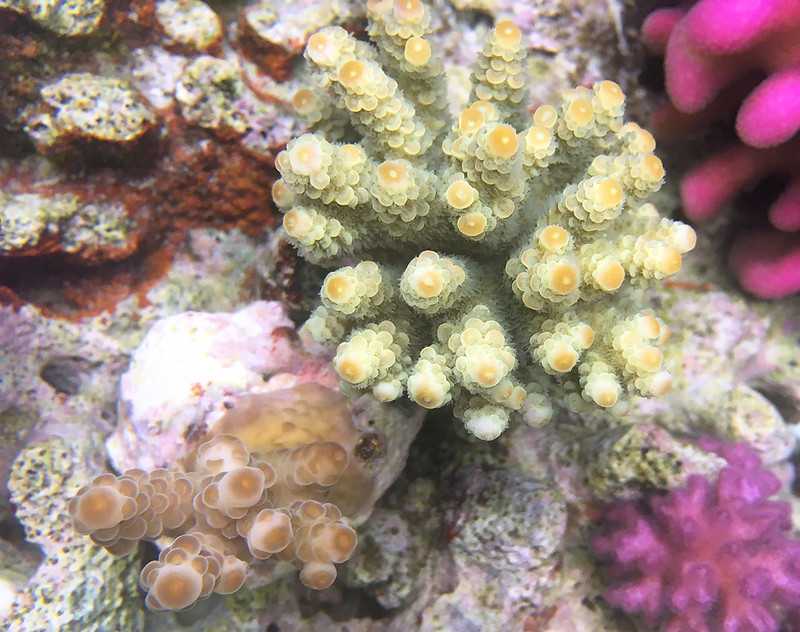
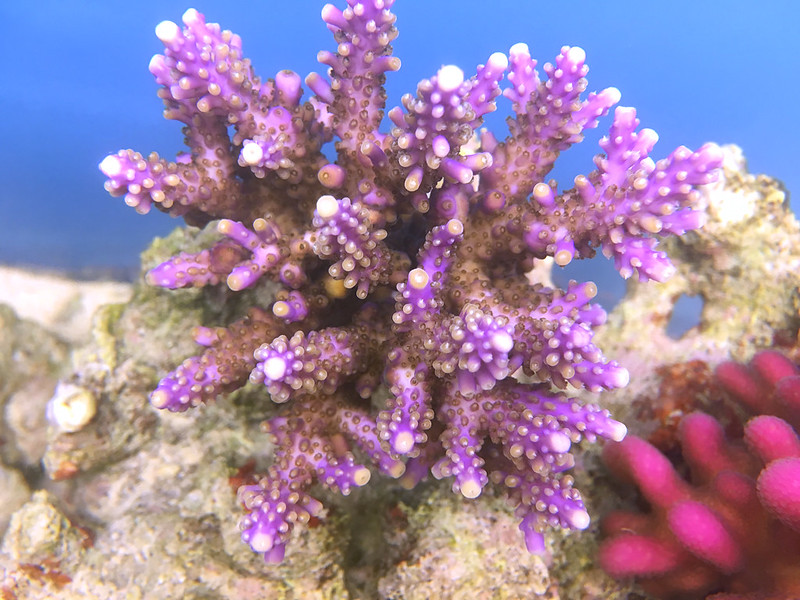
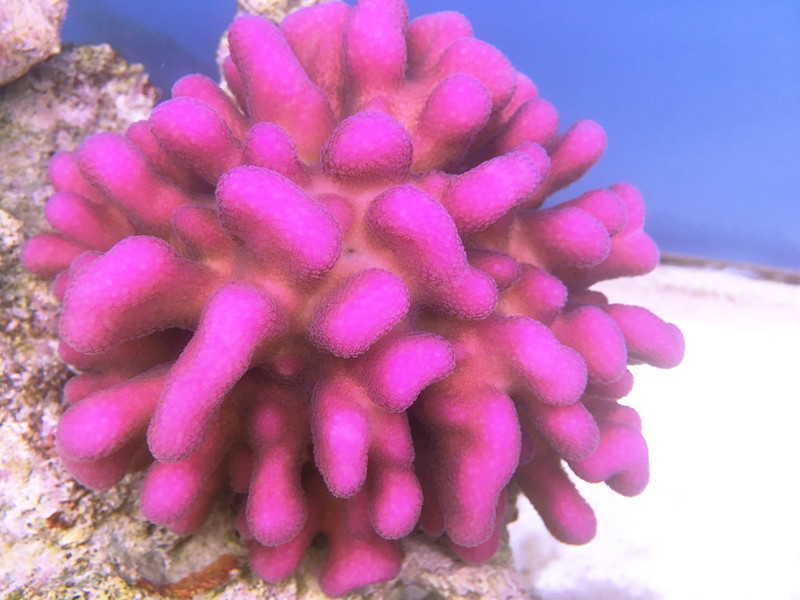
I would like to open a discussion and share my point of view related to 3 very interesting topics:
- advanced liquid balling
- return of the refugium
- how sea urchins can replace siporax
The longest and the most complicated is the advanced liquid balling so I start with that. Please forgive me for my poor English.
THE ADVANCED LIQUID BALLING
Introduction
The Advanced Liquid Balling (ALB) consist of 2 things:
- A liquid version of the "œNaCl free salt" component of the original Hans Werner Balling recipe with a reliable and predictable composition.
- A liquid trace element "œpatch" of the entire Balling Method which replaces certain trace elements based on the unique consumption of the tank.
I guess most of you are familiar with the very original Balling method designed by a German chemist Hans Werner Balling. Very briefly it is a method which enables us to maintain very stable calcium and carbonate levels. The two main components of the Balling method are: 1.) calcium chloride powder and 2.) sodium bicarbonate powder which is dissolved separately before dosing.
The problem with this two liquid compounds is that chloride ion part of the calcium chloride and the sodium ion part of the sodium bicarbonate forms sodium chloride aka salt aka NaCl in our aquarium. This extra salt raises salinity but in an unbalanced way since the NaCl alone lacks the rest of the sea salt components (e.g potassium, strontium, etc.) which represent app. 14,5% of all the ingredients. E.g in my 63G (240L) tank I have to replace 0,5G (2L) aquarium water weekly with RO/DI to compensate the rise of the salinity level.
So Hans Werner Balling came up with the concept of the NaCl free salt, which has "œall" the sea salt components except the NaCl. If this NaCl free salt is dissolved and dosed in the right ratio with calcium chloride and sodium bicarbonate together it complements the "œby-product" NaCl and forms "œperfect seawater". This is still raising salinity but at least in a so called ionically balanced way. It is almost like water change but its volume is very low like 0,5-1% on a weekly basis.
The problem with the NaCl free salt powder is similar to the problem which we have with the artificial sea salts: their composition is extremely unreliable. Mixing powders is very difficult and even if manufactures have some tricks they are in trouble when the job is to add trace amounts of elements to the salts. And even if each box of salt was done separately - which is not the case - you should always dissolve them all at once since vibration (e.g due to transportation) may push down or pull up certain elements in the mix.
But how is this a problem? The good news is that this issue probably does not concern you. It is a problem for those who want to provide delicate SPS corals with a very stable environment. If you want to build your house (your tank) onto a reliable base you want to avoid such unpredictability which is guaranteed by any powder form of salts including artificial sea salts as well as NaCl free Balling salts. (This is why changing water is counterproductive, but this is another topic"¦)
The solution for unpredictability is the liquid version of the Balling. The difference between the powder and the liquid form of NaCl free salt (or the other Balling components) is that the outcome of the production - basically the product we buy - is not a powder but a liquid. Liquid trace mixes requires advanced chemical designing to avoid degradation and/or precipitation of the different elements but if it is done well the composition of the mix is very reliable and repeatable which is key in mass production.
As far as I know, today 2 companies are producing liquid balling mixes: ATI and Triton (both are German)
Tailor-made trace element patch
So now we have liquid balling, but how will it become "œadvanced"?
First of all, the sorrow fact is that even though the NaCl free salt component of Balling has a lot of macro/micro (e.g potassium, magnesium, etc) and trace elements (e.g zinc, iodine, etc.) it is not able to replace significant deficit of elements as long as the consumptions is continuous. (In the same time, if it used well, it is neither able to rise the elements above NSW so at least we can not overdose anything.)
So Balling - even if it is a liquid - can not be the main solution for replacing elements except calcium and carbonate.
And this is where "œpatching" comes in and makes the balling to be "œadvanced"
"œPatching" is the process by which we evaluate and compensate the micro, macro and trace element consumption of our tank. This requires us:
- to perform frequent ICP tests
- to do some basic mathematics
- to prepare a tailor made liquid trace mix which can be dosed in small increments (e.g hourly)
But why do we need this complicated process to dose trace elements when there are so many trace element mixies on the market and we can also perform water changes? Again, this may not concern you
- Let's assume that the artificial salt mixes are perfect and reliable in terms of their composition (so they always have NSW level of elements whenever we use them). Even in this ideal case and even with a 10% weekly water change we are not able to replenish the elements. E.g if you have 5 ppm of something while the NSW level is 10 ppm 10% water change will only pull up the level to 5,5 ppm. In case you have 9 ppm the same 10% will only pull it up to 9,1 ppm and there is no way to reach 10 ppm except if you do a 100% water change.
- Let's still assume that the artificial salt mixes are reliable but they have above NSW level of certain elements. This would enable us to reach the NSW level in case that particular element is being continuously consumed (e.g Ca, or Mg) but if not, it leads to accumulation.
- But artificial salts are not reliable! E.g I used to use Tropic Marin Pro - which is supposed to be good - and sometimes it had 1350 ppm Mg sometimes it had 1100. Sometimes it had 350 ppm potassium, sometimes it was about 400 ppm... and these are not even the trace elements.
- So the other option is to use trace element mixes. But how "œthe hell" do any of the manufacturers know when they mix 10-15 elements into one which of those elements will be actually used in our tanks when each tank is individual? Maybe you are lucky and the mix you choose is balancing out your manganese consumption very well and you start seeing improvement but it's very likely that in the same time it may add too much e.g zinc into your water which will start causing trouble one day. (Maybe you are extremely lucky and the zinc accumulation will be offset by the weekly 10% water change"¦)
So for me there is no other way than to test my water and react consciously.
But before you start sending water samples to one of these companies you need to establish a very rigid maintenance routine because - as far as I noticed - everything you change has an impact on what you measure at the end:
- Salinity should be exactly the same when you take the samples (Salinity is an underestimated water parameter so people tend to measure it with cheap Chinese refractometers. Buy a good conductivity meter! It will enable you to validate your RO/DI quality as well)
- Between the tests you should not tweak your technical equipment especially not the light or the skimmer. Both may have a significant impact on the trace element consumption. I do not say you are not allowed to upgrade them, but try to avoid such finetuning where every week you increase or decrease their performance.
- Follow a very rigid maintenance routine concerning chemical absorbents such as GAC, GFO, etc. Do not change their volume, their brand, their flow rate, and not even the date when you replace them. Chemical absorbents are one of the biggest consumers of trace elements! (Unfortunately"¦)
- Do not does anything (except what you would dose as part of your daily routine) before taking the sample.
- Maintain very stable level of Ca, Kh with using liquid balling solutions.
At the beginning you need at least 2 test results. The first will be the "œstarting point" the second will start showing you consumption/accumulation trends. Accumulation is a complex issue so I do not plan to discuss it further here. So let's assume that you only see consumption trends.
When you start playing with the numbers from your reports you will have the following - mainly mathematical challenges:
- The test report is a snapshot of your tank at that moment when you take the sample. Depending on where you live it may take app. 5-20 (or even more) days to get the report of your analysis. So when you calculate consumption you have to take into consideration the time which has elapsed between taking a sample and getting the corresponding report.
- You will find obvious trends where a value is gradually and continuously decreasing from test to test.
- You may find fluctuations.
- And you may find that a value was 0 in your previous test and still 0 at your current test even if you tried to fix it.
Example 1 (normal trend)
- You send your very first sample on 01.01.2017. You get the result 15 days later on 15.01.2017. It says that your strontium is 4 ppm as opposed to the NSW 8 ppm.
- To fix your 4 ppm strontium you have to dose let's say 100 ml of a specific strontium product.
- The next time you send your water on 01.02.2017 and you get back your result 20 days later showing that your strontium is 6 ppm.
- Now you know that between 01.01.2017 and 01.02.2017 your strontium dropped by 2 ppm (It started with 4 than you dosed strontium which raised it with +4 and at the end you got 6 so it is 4+4-6=2) Since there were 31 days between the 2 samples your daily consumption is 2/31= 0,065 ppm.
- The first step now is to set back the NSW level. The second sample was taken on 01.02.2017 but the test was performed 20 days later so on top of the recommended dosage you have to count the consumption for at least 20 days (assuming that you try to set back NSW on the same day when you got the result otherwise it is even more) So if 50 ml strontium was needed to pull the 6 ppm to 8 ppm you would still need to add 20x0,065= 1,3 ppm (to compensate the consumption for the extra 20 days) which is 50/2x1,3 = 32,5 ml.
- From then on you have to add 0,065 ppm daily which requires you to dose 50/2x0,065= 1,625 ml. (50/2 is based on the assumption that 50 ml from your strontium mix will raise your tank with 2 ppm) I will discuss it later how to dose this easily with a dosing pump.
- Let's assume that after the previous example you keep dosing 0,065 ppm strontium daily.
- You send a new sample on 01.04.2017 and 15 days later the result shows 9 ppm instead of 8 ppm. So the consumption of your strontium is not yet consistent and you overdosed strontium.
- You know that on 20.02.2017 you very likely set the NSW 8 ppm, so the problem is that in the next 39 days (between 20.02.217 and 01.04.2017) your consumption was not 0,065 ppm daily but less.
- So far you dosed 39x0,065= 2,535 ppm out of which 1 ppm was above NSW (not consumed as expected) so you would have been needed only 1,535 ppm. This requires you to change the daily dosage to be 1,535/39= 0,039 ppm.
- Since this 9 ppm strontium represents your level on 01.04.2017 but you kept dosing 0,065 ppm for another 15 days daily while you were waiting for the test result out of which only 0,039 was consumed your real strontium value is at 9+0,065x15-0,039x15= 9,4 ppm (as opposed to the 9 came out from your test report)
- In order to reset the NSW value you have to stop dosing for a couple of days (weeks). The way how it can be calculated is: (9,4-8)/0,039 = 36 days.
- Let's assume that your very first test shows 0,0 nickel and you are recommended to dose 5 ml of nickel to set it back to the NSW value.
- When you do the next test the value will be 0,0 again so you have no idea what the consumption is but you know that it is very likely higher that the amount which set it back to NSW (5 ml).
- So this is when you need to start doing experiments. Unfortunately the 0,0 can be a value when the consumption of the tank is exactly 5 ml but it can also be when the consumption is 25 ml and you have a serious deficit. So just doubling the amount is not smart because it can easily lead to a 200% excess value within a month which can do serious trouble in case of elements like nickel.
- So it is better if you start raising your dosage gradually with let's say +10% between each test hoping that one day you reach a real value which is different from 0,0 and it enables you to calculate a consumption trend.
- It should not be less than 25-30 days otherwise the consumption will be too tiny and any natural fluctuations in the system can give you misleading information.
- It should be at least 2x more than you turn-over speed. If you receive your test result within 20-25 days you are not recommended to send the samples in every 30 days but 45-50 so that the new dosage you put in place has time to produce some measurable result.
- Later, when you start knowing your system, one test every 2-3 month will be enough to double check your dosing. However when you change something which can influence your trace consumption e.g. lot of new corals, or new filtration method you are suggested to start doing more frequent tests again.
Maybe one day me or another fellow reefkeeper will set up an MS Excel which does all this calculations I used above.
How to prepare the trace element patch
As a preface to this chapter I have to tell you that I'm not very good at chemistry. So maybe everything here is completely false however in my case it is working pretty well since at least 5-6 months.
To make your own trace element cocktail you can either use Triton's or ATI's single trace elements or you can buy your trace elements from online reagent stores. (E.g NaBr to replace bromine)
Once you know that e.g your strontium consumption is 0,065 ppm per day and you know that from the product you are supposed to dose this value represents e.g 1,625 ml or e.g 0,15 g you can start building your mixture.
To avoid degradation and/or precipitation of elements - which may not be an issue at all but since I'm not a chemist I do not know for sure - I decided that I will never mix more than what my system would consume within 7 days and I will always dilute my mix in at least a 1:19 ratio with RO/DI water.
The following list will sound crazy, but it really represents my weekly consumptions of element compensated by the trace elements of Triton in my 63G (240 net liter) tank:
- Li: 2,6 ml/week
- Br: 0,15 g/week (here I use NaBr and not Triton)
- K: 11 ml/week
- F: 6 ml/week
- B: 7,5 ml/week
- Sr: 18 ml/week
- Ni: 3 ml/week
- Mn: 7 ml/week
- Zn: 0,3 ml/week
- I: 3,1 ml/week
Time consumption and complexity
I used to be a Zeovit user. So what I can tell you is that this is still much less complicated and time consuming than dosing 5-6-7 different magic potions every day based on pure guesswork.
After every test it takes app. 15-20 minutes to recalculate my dosage, and it never takes more than 15 minutes weekly to mix my patch cocktail.
I hope I was clear and useful.
When I will have time again I will write my thought about the 2 remaining topics:
- return of the refugium
- how sea urchins can replaces siporax
And finally some top downs
- Photos were taken under 4000K LED wiht iPhone SE
- Photos are slightly manipulated in Photoshop: I added some blue and some saturation and sharpness filter
- I would love to have more rare and mind-blowing SPS corals but in Hungary (where I live) we have very limited sources










